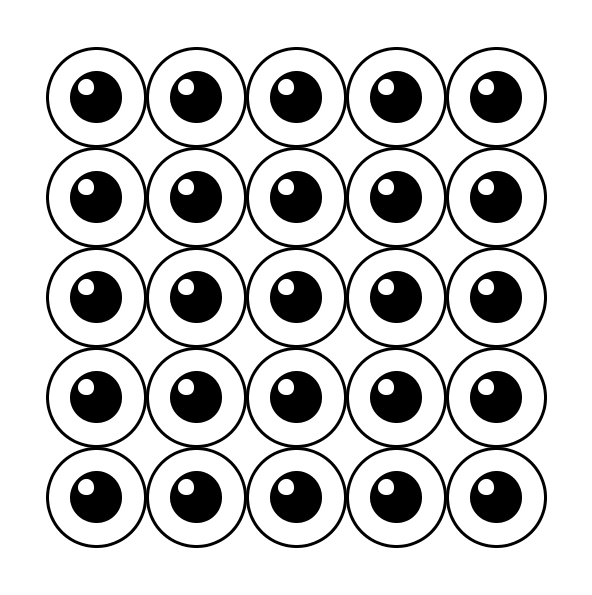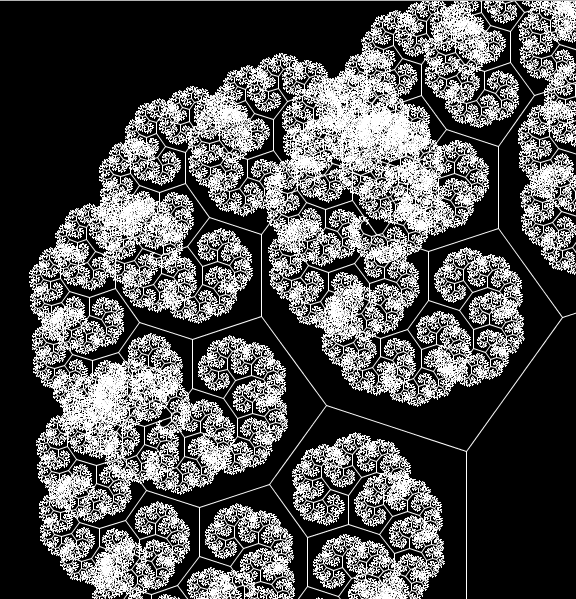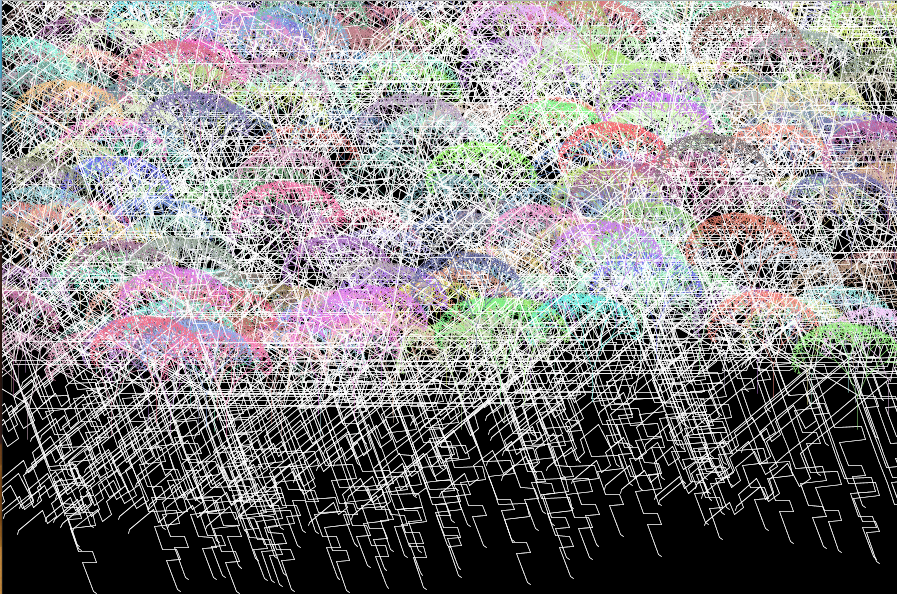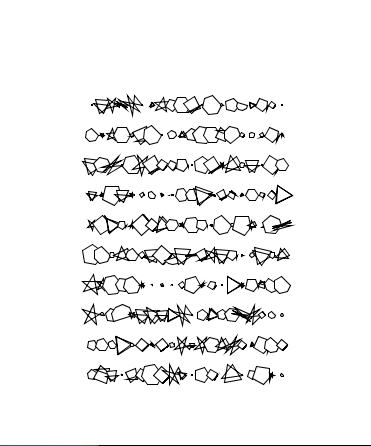The art of repetition draws on one of the greatest powers of the computer – production speed. Within an instant, we are able to see the visual manifestations of our ideas. It’s a truly gratifying experience, especially for newbies. (E.g me)
When I used to doodle, paint or make sculptures, the most limiting and frustrating aspect was time-consumption. The fear of messing up the whole work and then starting over again, made it difficult to explore the numerous possibilities that popped up in my mind during the process. My imagination was at best guesswork for predicting the future. There was almost always a disappointing gap between the end result and my intended product, no matter how finely I executed the game plan.
Computer changes everything.
This studio exercise was interesting to say the least. The process of changing one parameter at a time was vaguely familiar yet surprisingly foreign. Within the realm of computer art, Molnár calls it ‘Gradualism’. Upon closer reflection, gradually building up a work of art is something most, if not all art-makings share. Nevertheless, by ‘gradualism’, Vera Molnár meant a different, specific and rather unique tactic. ‘Gradualism’ is a thought-provoking word choice. The vocabulary originates from a natural-scientific root, perhaps geology or the theory of evolution. This root smoothly links gradualism to the technological world, setting the stage for the computer to play an essential role in the creative process.
Based upon my personal encounters (working on this prompt), gradualism feels like a small leap, such as jumping up a single stair-step. The action is quick and effortless, thanks to the computer. After the leap, we can look back and gauge the view, assess if we appreciate it more or not. Molnar shares my view (or more precisely the other way around): She develops a picture by means of a series of small probing steps, and each step is followed by evaluation.
The leap from my first picture (see way above) to my second (right underneath) is almost insignificant, yet it provoked something inexplicable in me. An affect, one may say.



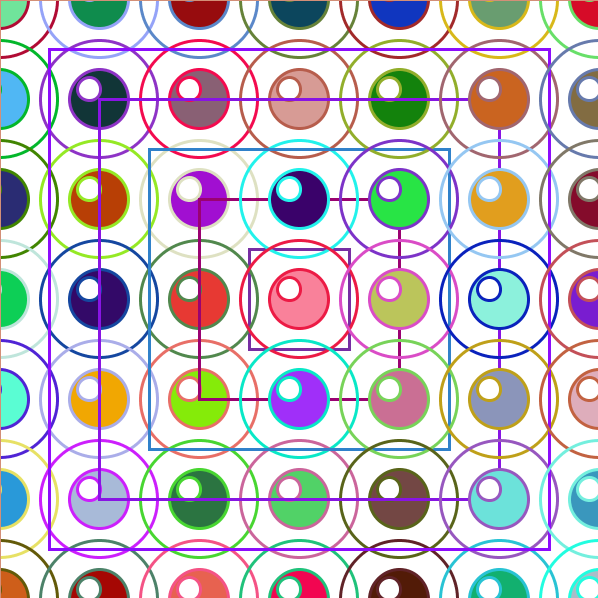
To be honest, I found changing one parameter at a time to be quite a drag. In our normal workflow, we can do whatever we want to our code before pressing the ‘run’ button again. We are not conscious of the number of parameters we adjust before re-evaluating the image. There is a lot more freedom, but at the same time we are missing some important insights. Limiting ourselves to changing one parameter at a time enables us to pin-point exactly what works and what doesn’t.
I noticed that most of my classmates randomized the geometrical shapes’ sizes and positions to generate unpredictability and thus adding intrigue to the images. I tinkered with the idea as well, but none of the experiments were fruitful, and by ‘fruitful’ I mean making my own eyes happy. At the end I leaned on simplicity.
One fantastic aspect of making art with the computer is that we can trial and error as many times as we want. Mistakes are the essence of how an art can grow, especially when we can critically appreciate our mistakes and build upon them. Thus is the beauty of ‘Gradualism’.
